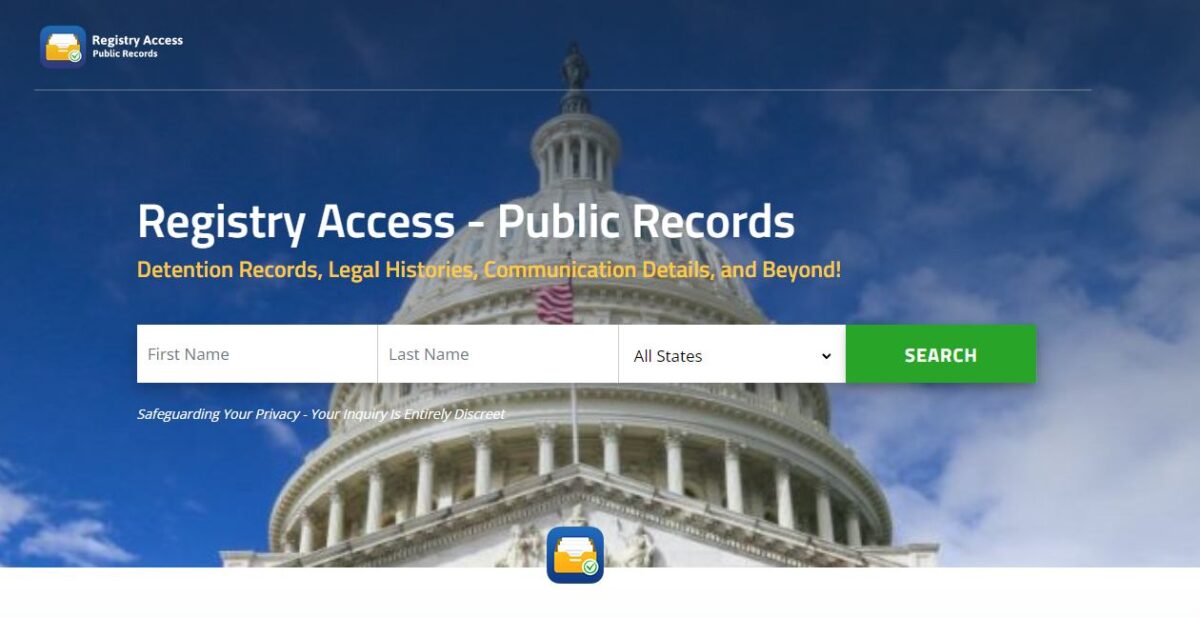Phoenix, Arizona – Merlin’s AC & Plumbing is excited to announce the launch of its new emergency air conditioning repair services in Phoenix, Arizona. As the summer approaches and hot days increase in numbers, Merlin’s AC & Plumbing understands that a malfunctioning air conditioning system can be a major inconvenience for homeowners and businesses alike. That is why the company is now offering 24/7 emergency air conditioner repair services to ensure that customers can receive timely assistance whenever they need it.
The new emergency air conditioning repair services from Merlin’s AC & Plumbing are designed to provide quick and efficient solutions to all air conditioning system problems. The company has a team of highly trained and experienced, HVAC service technicians who can diagnose and repair any AC unit, regardless of its make or model. From refrigerant leaks and malfunctioning fans to circuit breaker issues and faulty HVAC systems, Merlin’s AC & Plumbing can fix it all.
“Customer satisfaction is our top priority, and we understand the importance of having a functioning air conditioning system, especially during the hot summer months in Phoenix,” said the Founder of Merlin’s AC & Plumbing. “Our emergency repair services are designed to provide fast and reliable solutions to all AC system repairs and problems, ensuring that our customers can enjoy cool and comfortable indoor temperatures.”
Merlin’s AC & Plumbing has a reputation for providing high-quality repair services at affordable prices. The company offers transparent pricing and does not charge any hidden fees, ensuring that customers can make informed decisions and choose the best option for their needs and budget.
In addition to emergency repair services, Merlin’s AC & Plumbing also offers regular maintenance services, AC tune-ups, and air filter replacement services to ensure that air conditioning and cooling systems are running smoothly and efficiently. The company uses only the highest quality parts and equipment, and its technicians are trained to provide the best possible service.
To learn more about Merlin’s AC & Plumbing’s emergency heating and air conditioning repair services in Phoenix, Arizona, visit their website at https://www.acandheatingaz.com/ or call 602-892-5338 to schedule an appointment.
About Merlin’s AC & Plumbing
Merlin’s AC & Plumbing is a leading provider of air conditioning and plumbing services in Phoenix, Arizona. With a team of highly trained and experienced technicians, the company provides top-quality repair, maintenance, and installation services at affordable prices. Merlin’s AC & Plumbing is committed to customer satisfaction and strives to exceed expectations with every service call.


